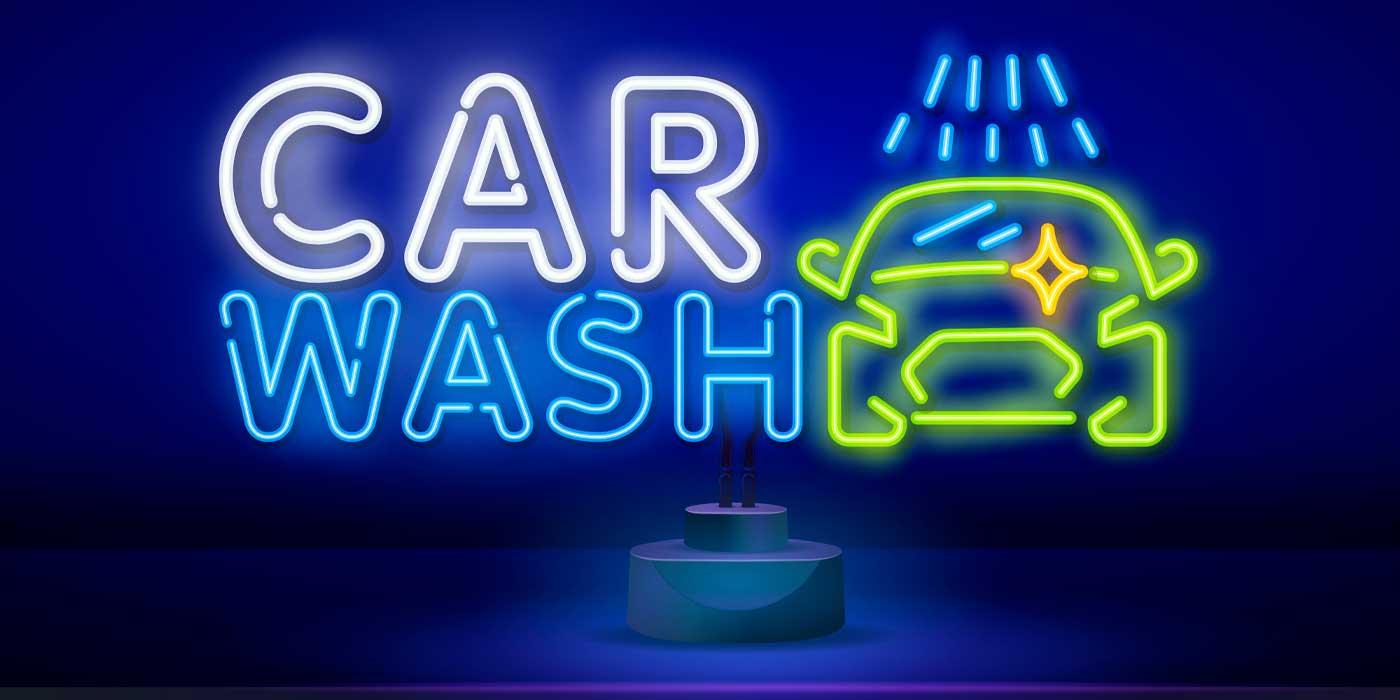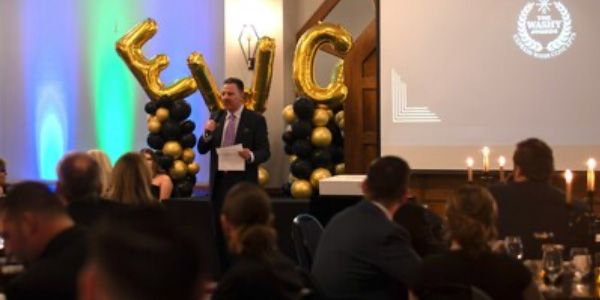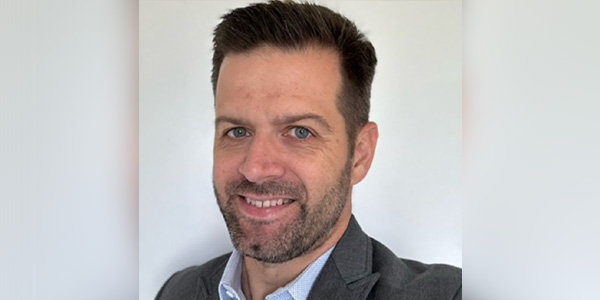One of the challenges of the carwash industry is that, from an outsider’s perspective, it looks easy. Cars go in, cars come out, the equipment does most — if not all — of the work and owners’ biggest issue is how to count all the money they will make.
As a consultant, I have watched many new carwash owners go through the “four stages of grief” when they open the doors and start operating their carwashes, only to realize that the carwash business is not nearly as easy as it looked. Some owners come out of these four stages wiser and more prepared for their next carwash; in contrast, others remain in denial and their carwash descends into mediocrity, marginal performance and poor investment performance.
But, of course, it doesn’t have to be that way. Carwashing is not inherently hard, but it is operationally intensive. If you do not plan to get the most out of your operation, you will fall short of the optimized return on your investment.
The four pillars of operational excellence give owners and managers a framework to develop and implement high standards to attract good team members and customers. High operational standards produce a quality product that customers like and a culture where good team members can thrive.
Pillar 1: Decide what you want your carwash to be
I usually get a lot of blank stares when I ask clients, “What do you want to be known for in the marketplace?” They give me the look of, “A carwash, of course.”
After a moment, we explain to them that if you want to stand out in a crowded carwash market, you need a clear vision of what experience you want to provide to your customers, what you want to be known for and how you plan to deliver what I like to call “remarkable customer service.” I like this term because it forces the owner to think about a customer service framework and experience that will have their customers telling others about your carwash and why they should come and experience it.
The industry has seen everything, from a jungle-themed carwash to haunted carwashes, dancing loaders, and team members in the vacuum lot wiping cars and giving away items such as air fresheners. In a world where most companies try to minimize customer interaction and provide minimal to no customer service (have you called your internet provider lately?), a remarkable customer service experience is a real opportunity for the carwash owner.
In contrast, you must also decide what you do not want to be. In the arms race of increasing services to carwash customers, you must determine when you plan to say, “No, we don’t provide that service.” You can’t be everything to everyone and it’s better to be known for doing several things well, instead of doing lots of things marginally.
The most time-consuming project every owner should tackle is deciding how he or she wants to operate the carwash. We have identified over 950 decision points that a carwash owner needs to make to have the materials for policies, procedures and training to run the carwash. Some decisions are quick and easy, while others are complex and difficult. Not performing this exercise before you open your wash will create a haphazard carwash environment that will make your employees’ lives miserable, increase turnover, create an inconsistent customer experience and prevent you from delivering a high level of customer service.
Pillar 2: Document your decisions and create a playbook
This is the most difficult pillar to accomplish. Most large carwash chains have operations and training departments that dedicate people, technology and other resources to this task. As a carwash owner and managing partner, I ran washes for 15 years without adequately documenting my vision for my washes. By some miracle, we were successful despite my lack of documentation.
Still, I caused myself and my team members a lot of grief by creating a poor working environment and wondering why my team members didn’t do what I asked. Documenting your decisions takes your information regarding your vision for your carwash out of your brain. It puts it into a format that can be consistently used to communicate to and train your team. It solves the issue of telling your team the same thing repeatedly. It makes everyone’s lives so much easier.
Many carwash platforms never accomplish this because:
1. It takes a content developer’s skillset.
2. It’s time-consuming.
3. It requires updates and revisions.
4. It’s generally not much fun.
A good carwash playbook should consist of the following areas.
Employment policies
These are the policies that the federal, state or local governments require you to follow as an employer.
Employment practices
You can choose these policies as an employer the government does not mandate.
Carwash policies
These are policies that pertain to the operations of the carwash, such as hours of operation and re-wash policies.
Training
This is skills development, such as loading vehicles and cleaning vacuum hoses. It also includes overall training, such as safety training and customer service skills.
What-if scenarios
This area consists of events that could happen at the carwash, such as a fire or robbery (yes, carwashes do catch fire).
I have seen carwash owners borrow other carwash owners’ manuals, thinking they can shortcut this process. A safe bet would be that those borrowed manuals never get used. They end up on a shelf somewhere in the carwash, never to be looked at. Creating your own carwash playbook is challenging, but the benefits outweigh the effort.
Pillar 3: Train your team members
The advent of learning management systems, or LMSs, has revolutionized training and skills development. Online systems use different learning styles by giving students written, video and audio-based learning material. It organizes the material in such a way as to allow the student to progress through the training in an organized fashion. LMSs make learning interesting and fun with tools classified as gamification. Point systems, badges and contests make learning engaging and fun.
The LMS training is only one part of the training process. LMSs are great at introducing concepts and getting team members familiar with what skills they need to develop. However, management must then take on in-person team member training for certain skills, such as vehicle loading equipment maintenance and customer interactions. Having the right skills to train team members is imperative to developing and maintaining high operational standards. LMSs allow you to create a true playbook, rather than just an employee manual.
Do’s and don’ts on skills training
Telling is not training. I can’t tell you how often I have heard from an owner or manager, “I told them to do this or that. Why aren’t they doing it?”
Only telling a team member never creates high team member performance. Training and skill development are multi-step processes; just telling someone what to do isn’t anywhere in those steps.
Skills development takes training and re-training. Skill development will typically take multiple demonstrations before the team member completely understands. I always asked my team members if they understood what I wanted from them and while they always said yes, their actions always said no. It will take multiple attempts to get the team member to perform the skill at the level you want, so prepare yourself that they won’t get it the first time … or maybe the second or third time.
Remember, skills degrade. Without constant feedback, skills will start to degrade. Management must review skill performance, give feedback and coaching, and review team member performance constantly. I have watched team members who do not get consistent feedback see their performance decline over time. Training is not a one-and-done event. This leads us to the fourth pillar.
Pillar 4: Execute and reinforce
In my experience, new team members always test the difference between your ideal and actual standards. This is a natural process because everyone wants to know what is expected. Carwashes with high-performing operations have a narrow gap between the ideal and the actual. In contrast, carwashes that don’t use the four pillars have a large gap between what’s expected and what is being accomplished.
Executing and reinforcing is only possible if you have executed the first three pillars. Ideally, this is where you want your management team to spend most of their time with existing team members.
If the other pillars are performed correctly, executing and reinforcement is a “light-duty” activity if done several times daily. The carwash operations that I most admire from an operations standpoint are the ones that are consistent in their delivery of remarkable customer service. When I come on-site and watch the operation, I can easily tell the carwashes that embrace the four pillars. When all four pillars work well, the carwash develops a high-performing culture that becomes sustaining. Everything looks smooth and easy. It’s like the difference between paddling upstream and downstream. Paddling upstream takes an effort to cover the same distance while paddling downstream at the same effort covers more distance.
Carwashing is relatively easy if you are developing and executing an operational plan. The four pillars are a good roadmap to see where you are and where you aspire to be. It’s well worth the effort.
CarwashOS is a carwash consulting firm that works with owners and operators before, during and after a carwash startup. CarwashOS helps you install systems and programs that have a lasting impact on your business. For more information on how CarwashOS can help you, please reach out to [email protected].














